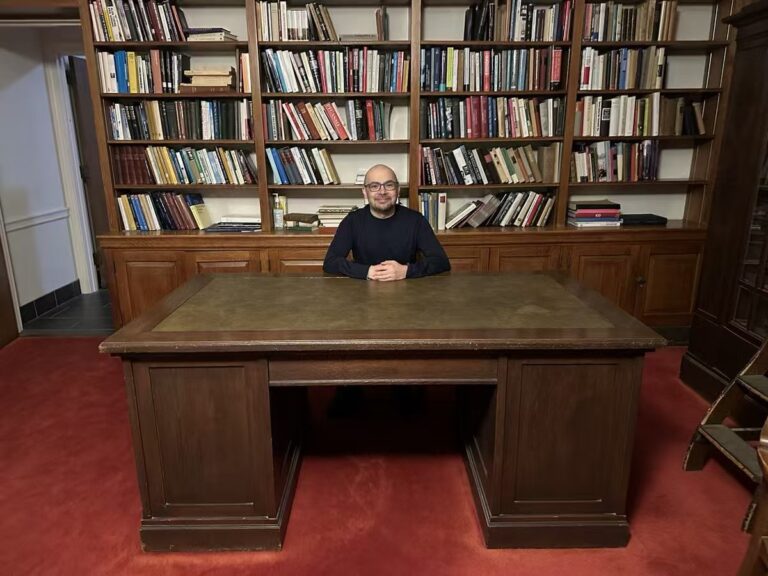Command Palette
Search for a command to run...
The Impact of Algorithms on the Construction Industry Is Not Just About Drawing
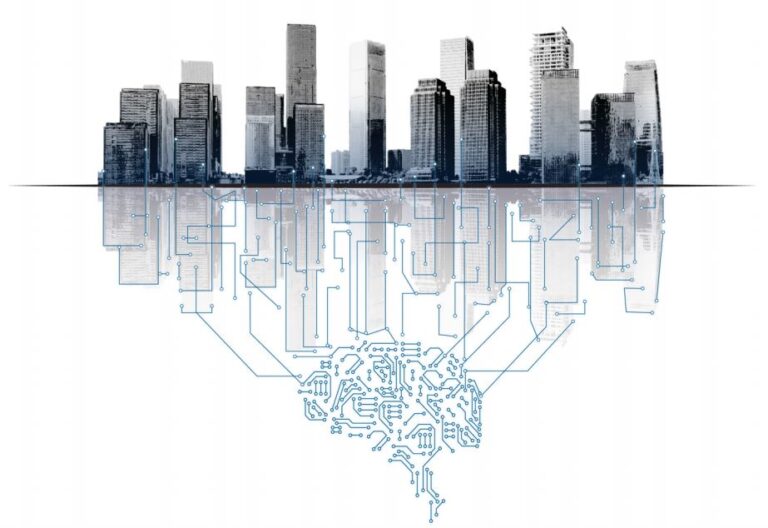
In recent years, algorithms have played a role in all walks of life, and they are also quietly changing the construction industry. Artificial intelligence algorithms have brought more possibilities to designers and brought us more amazing and reasonable designs.
In the world of architecture, there are always some architects who do not follow the beaten path and design strange buildings that surprise people.
Some of the architectural shapes are so peculiar that one cannot help but admire the architects' imagination; there are also various weird apartment designs that make people speechless.
What can be used to save these weird designs?
Weird shape
A skyscraper located at 20 Fenchurch Street in London, England, is nicknamed the "Walkie-Talkie Building" because of its shape that resembles a "walkie-talkie".
Actually, it’s nothing that the shape is weird, and some people think it’s quite beautiful.
But the problem is that after it was built, everyone soon discovered thatBecause the curved glass curtain wall forms a concave lens, it concentrates sunlight, making the light so strong that it can even melt cars and cause fires..

After causing such a severe impact on the city, parts of the building's glass facade were covered with sunshades.
Weird apartment type
In addition to the weird architectural designs, there are also some weird apartment types that often make people laugh and cry, such as this:
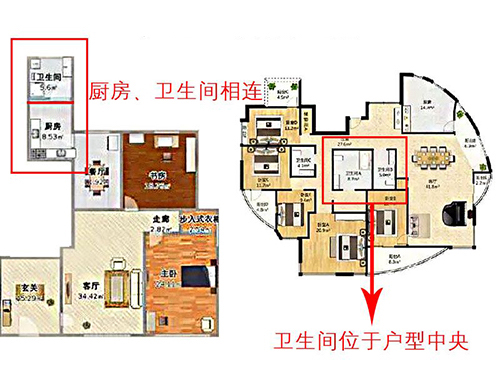
Faced with these "soul designers", artificial intelligence can no longer stand it.
In recent years, artificial intelligence algorithms have been involvedThe construction industry assists in design,More reasonable design and utilization of space allows people to live and use it more comfortably, while also saving a lot of labor costs.
Algorithms: Bringing new breakthroughs to building appearance
In the 1980s and 1990s, some cities saw the emergence of curved, fluid buildings, which became groundbreaking designs in architectural history.
Behind this, it was thanks to computer-aided design (CAD) that architects were able to break free from the limitations of slide rules and protractors and experiment with new organic forms.
now,From Revit to 3D printing, to artificial intelligence algorithms,All of these are accelerating the comprehensive digital transformation of the construction industry.
Melbourne's Mayfair Residential Tower, designed by Zaha Hadid Architects, used algorithms to design its wavy exterior walls.

It is reported that Zaha Hadid's design team drew inspiration from the Australian landscape and the fluidity of the seascape.The composition of the facade evolves from a simple wave-forming system.The same design language is then used to further generate variables.
"An algorithm was used to determine these variables, allowing the facade to adapt to a variety of different apartment layouts and also to the irregular site shape."

Furthermore, building on the team’s expertise in complex building geometries, computational parametric design allowed an optimization algorithm to identify, within an acceptable level, similarities in façade shapes and then minimize the number of different façade panels.
This process enabled the creation of a building's sculptural facade that would otherwise have been prohibitively expensive.This also minimizes the number of unique cladding panels required, reducing costs.
It can be said that artificial intelligence algorithms,Providing architects with a whole new toolbox to implement and improve their ideas,Helping them think about and generate shapes and arrangements that might not otherwise be possible.
Instead of architects personally drawing floor plans based on their own intuition and taste, they use algorithmic design to input rules and parameters and allow a computer to generate the shape of a building.
Plan the plane layout and make space utilization more reasonable
Designing unconventional facades is just one part of how algorithms are changing the architecture industry.
When it comes to floor plan layout, artificial intelligence algorithms still have a lot to offer.
Algorithms can figure out the best ways to arrange rooms, construct buildings, and even change those layouts over time to suit the needs of users.
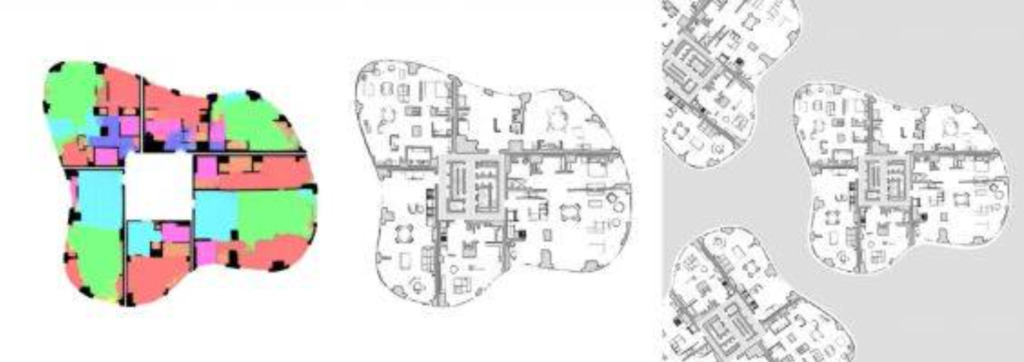
Algorithms can also help architects during the design phase by revealing hidden patterns in existing and planned buildings, helping architects make better use of a building.
These hidden patterns can be spatial and geometric features,Like the ratio of public to private areas, or the natural airflow of a building;It could also be usage patterns, showing which rooms are used most and least.
For example, a programmer named Joel Simon created a Evolving Floor Plans An experimental research project to optimize the floor plan layout.He used genetic algorithms to layout rooms, anticipate traffic flow, minimize walking time, use of corridors, etc.
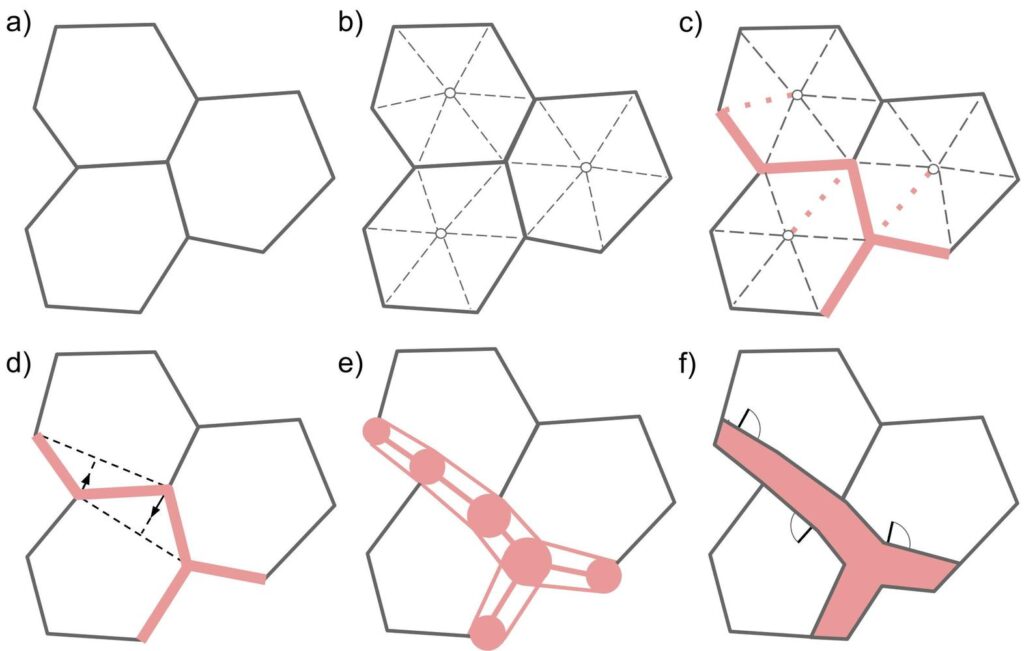
Ulrich Blum, associate architect at Zaha Hadid Architects, is committed to creating efficient office spaces, and algorithms play an important role in this.
Under certain prerequisites given in the design book,The algorithm automatically tested thousands of interior layout options and selected the best one by measuring the communication and collaboration statistics of each table.Allow the maximum number of people to be close to each other for easy communication without crowding.
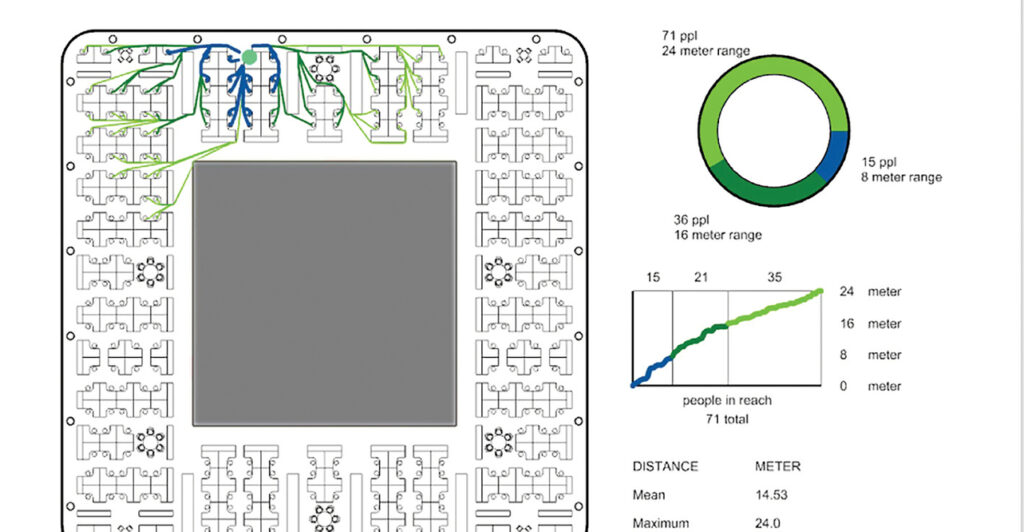
Generally speaking, employees prefer to sit near a window. Therefore, to ensure that the window area is maximized and each desk has the widest possible view,Ulrich Blum's team also uses algorithms to measure the quality of the view to achieve the best layout of desks.

In addition to the office area, designers also use algorithms toDesigning new layouts for nursing homes, arranging private rooms and common areas in the best way possible so that the elderly have to walk as short distances as possible in their homes.
Designer Silvio Carta said that the right combination of algorithms, combined with reasonable input from designers, can greatly accelerate the design process, which would otherwise require a lot of hard work or might not be completed at all.
But he also believes that algorithms will not replace architects, but will become an important tool, bringing unprecedented changes to architects and the entire construction industry.
For architects, perhaps thanks to algorithms, they can gradually say goodbye to endless overtime. And the apartment type with the bathroom in the middle of the house should no longer appear, right?

References:
https://techxplore.com/news/2020-06-algorithms.html
https://www.frameweb.com/news/covid-19-workplace-design-movement
-- over--







